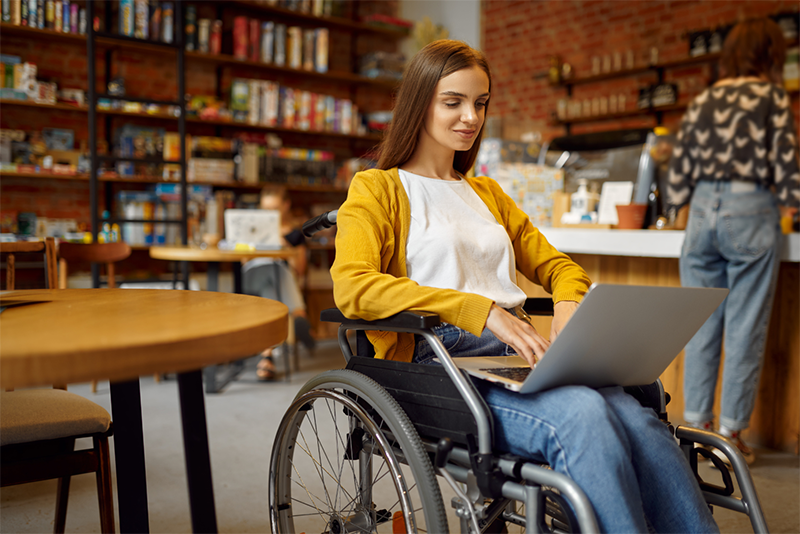Structural and Cultural Barriers Faced by Medical Students with Disabilities

While medical schools work to be more inclusive, structural and cultural barriers still exist for students with disabilities. This article examines the most common of those obstacles and how schools are addressing them. It is important to understand what may lie ahead because knowledge is power.
Inaccessible Buildings
Inaccessible physical infrastructure poses a significant challenge for students with mobility impairments. For example, narrow doorways, steep stairs, and the lack of any ramps put classrooms and facilities literally out of reach for some students. These obstacles not only restrict students’ ability to attend classes and labs but also hinder their independence and participation in everyday activities.
Many schools are working to retrofit older buildings with ramps, elevators, widened doorways, and wheelchair adapted restrooms to make facilities accessible to all. And regarding new buildings, many are creating universally designed spaces so everyone, no matter their mobility status, can use the environment comfortably and confidently. (More about “universal design” in the next section.)
Limited Technology Accessibility
Outdated or incompatible technology is a major barrier to accessing educational content. Screen readers not being compatible with certain websites or software keep learners from accessing information other students are using. Another common example, the absence of alternative input methods, hinders students with limited dexterity.
To address these learning obstacles, schools are investing in up-to-date technology, and many are adopting universal design for learning (UDL) principles. UDL is a framework for customized assessments, learning goals, and materials to meet students’ needs. It is an intentional approach to teaching so curriculum and assessment methods are inclusive. Obviously, technology can play a major role in UDL if schools place an emphasis on it.
Poor Support Systems
Insufficient training for educators, limited availability of specialized services, and a lack of funding for assistive technologies all affect how well a student is supported. And unfortunately, students with disabilities often report feeling a lack of support on their educational journey. So, to combat this finding, many schools are prioritizing professional development for teachers and allocating more funding for special education services.
The Stigma of a Disability
Regrettably, there is an assumption that students with disabilities may not be able to perform effectively in a demanding field like medicine. This misconception can lead to students feeling judged or undervalued, and this stigma often creates an added layer of difficulty in an already rigorous learning environment.
The principles of UDL, if adopted fully, can lessen the stigma surrounding disabilities. Classrooms and educational settings become accessible to all, removing some of the distinctions between students. And note, while this barrier is a less tangible one, it’s closely tied to the physical barriers discussed earlier. When students with disabilities don’t have access to facilities, can’t rely on technology assistance, and lack a strong support system, a stigma is placed on students.
The Education Litigation Group Breaks Down Barriers
At the Education Litigation Group, we help medical students who are facing disability discrimination. While many medical schools are working to make their learning environments accessible to all, there are still stories of students with disabilities unable to participate to their fullest. If sadly this is your situation, reach out to us. We’re here to assist you on your path to becoming a healthcare professional.
